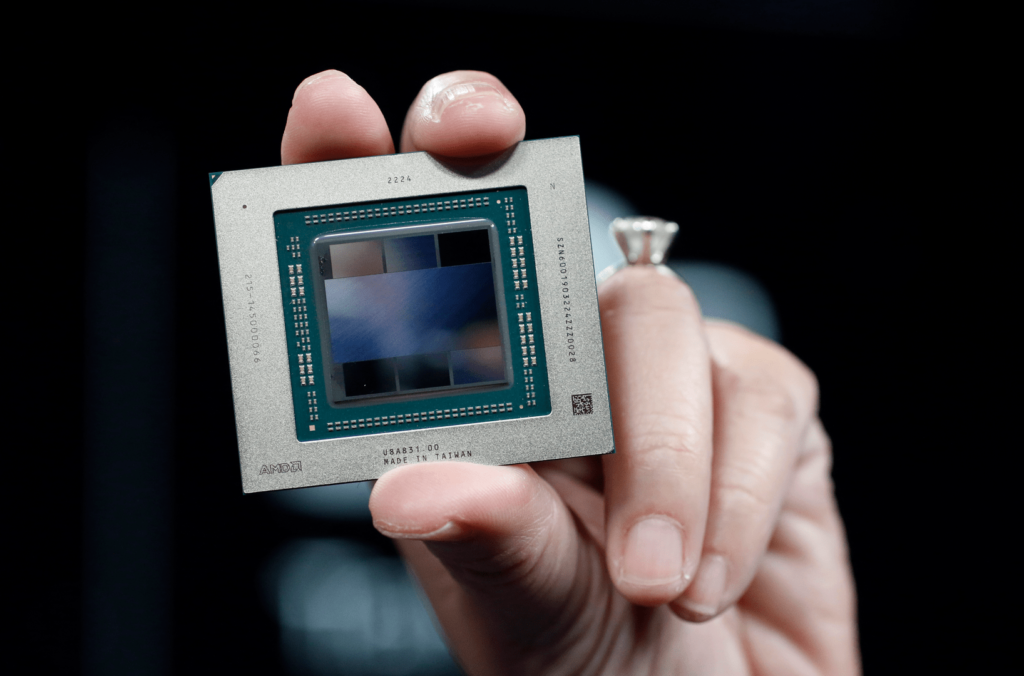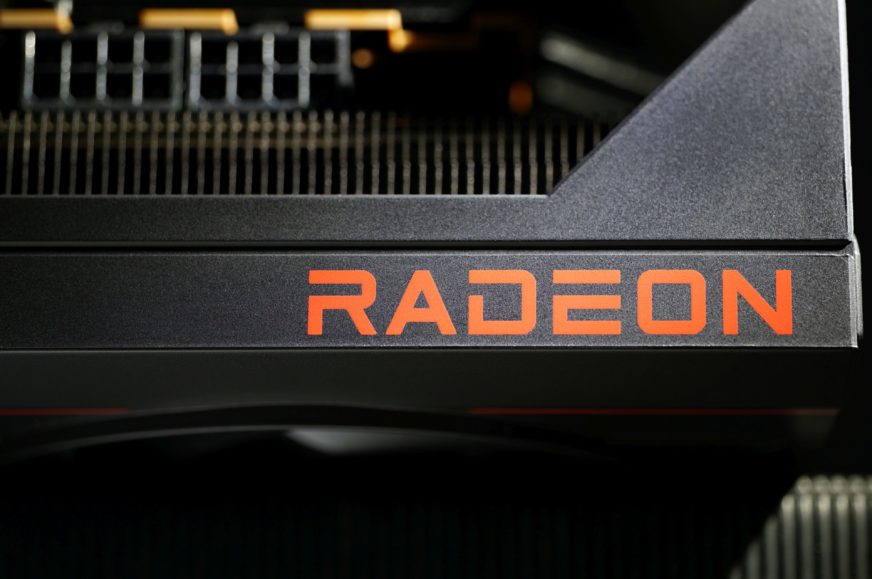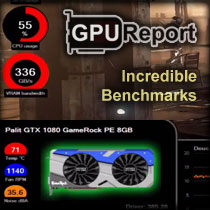Leaks covering PS5 Pro reveal new features of Radeon RX 8000 GPUs
A few days ago, information leaked on Sony’s upcoming PlayStation 5 Pro console, which will feature upgraded hardware with a significantly stronger GPU and AI acceleration to enable AI-based PSSR upscaling. Other details have now emerged, however, with implications for the upcoming Radeon RX 8000 graphics, as they talk about the capabilities of RDNA 4 architecture’s GPUs in ray tracing. They are set to improve by quite a bit.
Previous reports have stated that Sony expects the PS5 Pro to have 2–3× better ray tracing performance (in some cases up to 4×), which will be a bigger increase than the console is expected to have in general. Insider Gaming has now added more information, suggesting that the increased ray tracing performance is clearly a feature of the RDNA 4 architecture. The PS5 Pro’s GPU is supposed to be a hybrid of RDNA 3 and RDNA 4, but the raytracing units are apparently pulled from RDNA 4.
BVH8
This APU (or rather its GPU part) is supposed to use special “BHV8 traversal” shaders for raytracing graphics, which should be brand new feature. RDNA 2 and RDNA 3 use BVH4 shaders. This should mean processing eight levels (boxes) within the BVH (bounding volume box hierarchy) at once in the ray accelerator of the RDNA 4 architecture. So the GPU should have twice as much performance as RDNA 2 or RDNA 3 when performing BVH analysis. Those architectures can only do four boxes at once.
It is not yet clear whether the performance of ray tracing will also be improved when performing the analysis of intersection of the rays with the object’s triangles, which is a subsequent part of the process. For RDNA 2 and 3, the ray accelerator can do four boxes and one triangle per cycle, so for RDNA 4 it could either be 8 boxes and 1 triangle, or also be doubled to 8 boxes and two triangles. In this way, RDNA 4 could approach level of per Ray Accelerator/CU ray tracing performance that is similar to the per RT core/SM block performance of Nvidia GPUs.
For comparison, Nvidia GPUs should also be four boxes and one triangle per cycle for RT cores in the first generation Turing architecture (RTX 2000), and four boxes and two triangles in the second generation Ampere architecture (RTX 3000). Ada Lovelace should be able to do four boxes and four triangles per cycle (so the ratio between box and triangle performance will vary from Radeon’s ratio).

AI upscaling also on Radeons?
According to Kepler_L2, by the way, the AI acceleration in the PS5 Pro console could also be using the RDNA 4 architecture GPU units, it should be using the WMMA operations (Wave Matrix Multiply-Accumulate). This could mean that standalone Radeon graphics cards with RDNA 4 architecture could theoretically have the same capability, and AMD could bring similar AI upscaling to gaming PCs with Radeon graphics cards – perhaps in combination with DirectSR technology so that games don’t have to separately support fall-back standard version of FSR, which works with all GPUs, in addition to the new upscaling using the AI units of newer cards.
Read More: DirectSR unifies DLSS, XeSS and FSR, end of incompatible games
Information that AMD is planning AI-assisted upscaling has surfaced recently, but it hasn’t been very specific. In theory, it could possibly work with RDNA 3 based graphics cards as well, which also already have some support for WMMA operations.
Read more: AMD CTO hints FSR4 will bring AI-based upscaling
The CPU part of the PlayStation 5 Pro won’t get much better, it has something similar to SmartShift
We’ve mainly focused on RDNA 4 information here, but Insider-Gaming also talked about the CPU performance of the PlayStation 5 Pro. The latter won’t undergo as much of an upgrade as the graphics. It’ll still rely on eight Zen 2 (or Zen 2 Lite) cores, and will only bump up the clock speed on them. The cores will run at up to 3.85 GHz, which wouldn’t be exactly great in a gaming PC anymore. However, in consoles, where games are more custom-optimised, it will have to do.
This higher clock speed will not be used by default. In base mode, the PS5 Pro should probably use the same 3.5 GHz clock speed as the regular PS5. However, a game with explicit support for the PS5 Pro will be able to request “High Frequency Mode”, which will mean clocking the Zen 2 cores to 3.85 GHz (+10%). However, this mode will increase the CPU core power consumption and the SoC will underclock the GPU a bit to accommodate this, so that the overall consumption doesn’t go too high. The GPU clock speed will be reduced by 1.5% during this mode, which should impair minimal performance (around 1%) hit, but the cost will be there, which is why the higher CPU clock speed is not used all the time. Games that would need more CPU performance, however, will have this option. This is basically similar to AMD’s SmartShift technology from laptops.
Otherwise, the clock speed of the ACV audio coprocessor is also expected to be higher, increasing the performance available for audio effects by 35%. Also confirmed is an increase in memory speed, which will be at 18.0GHz (effective clock), with a bandwidth of 576 GB/s (+28% vs. the regular PS5). Capacity will remain at 16GB, and the console’s SSD is expected to be 1TB, when the console comes out in the fall of 2024.
Sources: Insider Gaming, VideoCardz, Kepler_L2 (1, 2)
English translation and edit by Jozef Dudáš
⠀











